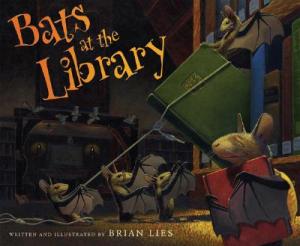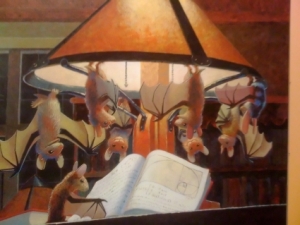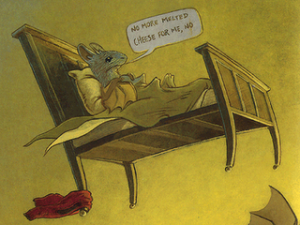Captain’s Log: Module 4
Port of Call: Thomas, J.C. (2008). The blacker the berry. New York, NY: HarperCollins Publishers.
First Lines: Colors, without black,
couldn’t sparkle quite so bright…
Summary:
This book is a collection of poems about skin color but truly are also about embracing who we are and what heritage has made us. Each poem speaks of our skin in vocabulary overflowing with colors and tastes and smells. The poems are tied to a common theme of fruit/food as in, “I am red raspberries stirred in to blackberries”. And the ultimate message is that we are so much more than just the color of our skin, eyes and hair.
The poems are of medium length, and are accompanied by a full page illustration that portrays the character who is the topic of each poem. I thought every poem was lovely, skillfully crafted so that the book was interesting, vibrant, easy to read and full of sensory language that really made you feel the essence of each poem/person.
First Impressions: I’m not a big fan of reading poetry, so this book intimidated me a bit before I opened it. However, I was sucked in with the first few lines and flew through the poems in one sitting. I also loved the illustrations and spent time looking at each picture and picking out the elements that were representative of the poems they accompanied.
Suggestions for use: This is a book about celebration. This book’s message will most likely resonate loudest with African American children, but truly its message of acceptance and individuality can be a powerful message to all ethnic groups. I liked that this book taught the beauty that exists within all of us, and how we can wear our skin proudly and feel comfortable in who we are. Read this book to children who may feel they are not beautiful, and help them to point out the ways in which they are incredibly wonderful and special.
Reviews:
School Library Journal:
“Grade 1–4—The varieties of African-American ethnic heritage are often rendered invisible by the rigid construction of racial identity that insists on polarities. This collection of 12 poems makes the complexities of a layered heritage visible and the many skin shades celebrated. Read-aloud-sized spreads offer luminous artwork that complements the verses in which children speak of their various hues: “I am midnight and berries…” a child says in the title poem. In another selection, a boy recalls his Seminole grandmother who has given him the color of “red raspberries stirred into blackberries.” In “Cranberry Red,” a child asserts that “it’s my Irish ancestors/Who reddened the Africa in my face,” understanding that “When we measure who we are/We don’t leave anybody out.” The large illustrations match the lyrical poetry’s emotional range. Cooper’s method includes “pulling” the drawing out from a background of oil paint and glazes. With his subtractive method, he captures the joy of these children—the sparkle of an eye, the width of a grin, the lovely depths of their skin, and the light that radiates from within. This book complements titles that explore identity, such as Katie Kissinger’s All the Colors We Are (Redleaf, 1994).”
Pfeifer, T. (2008) School Library Journal Review for The Blacker the Berry. Retrieved September 9th, 2010 from http://www.amazon.com/Blacker-Notable-Childrens-Books-Readers/dp/0060253754.




